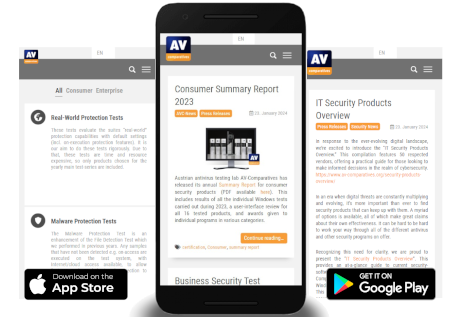Spotlight on security: Does Google live up to its promise?
In 2007 Google promised to change the world with Android and the Open Handset Alliance: “A new computing environment that will change the way people access and share information in the future. The Android platform will be available under one of the most progressive, developer-friendly open-source licenses to bring to market new innovative products faster and at a much lower cost.”
A decade after the announcement we did some fact checking to see whether Google lives up the promises made in the original press release?
The price of the average Android phone has dropped 50 percent in the last 10 years. This graph also shows that the price of Apple phones has remained the same. Android flagship phones usually have the same price as flagship iPhones. The price promise is true for the average phone, but the price for flagship phones remained the same. The price promise is half true!
Open source is often mentioned in one sentence with free. Google earns money with advertisements in browsers. Smartphone’s with browsers would double Google’s earning potential. So many people expected Android to be completely free. Android is free, but the Google services running on it are not free. Manufacturers have to pay to install Gmail, Google Maps and the Google Play Store. Again the verdict is half true.
Android is build on Linux. Linux-based systems (like Apple’s iOS) claim they are a lot safer than Windows. When counting platform vulnerabilities this might be true, but how does this relate to real-world usage?
In March 2017 Google published its ‘Android Security 2016 Year In Review’ report. This report reveals interesting facts about Google’s efforts to improve security. According to Google, less than 0.71 percent of two billion Android devices had Potentially Harmful Applications installed. Google qualified these numbers as small.
Are these numbers really small? How does this 0.71 percent compares to the Windows platform? Every month most Windows PC’s are checked with the Malicious Software Removal Tool. These metrics are reported in Microsoft’s Security Intelligence Report. The Computers Cleaned per Mille (1000 PC’s) worldwide average was 0.88 percent in 2016.
So yes, Android is safer, but not as much people tend to believe. According to FBI data the risk of being victim of a violent crime in the US is only half of this risk. So again, we value this promise as half true. Read our ‘2017 Mobile Security Report‘, when you consider adding Antivirus on your Android device.









